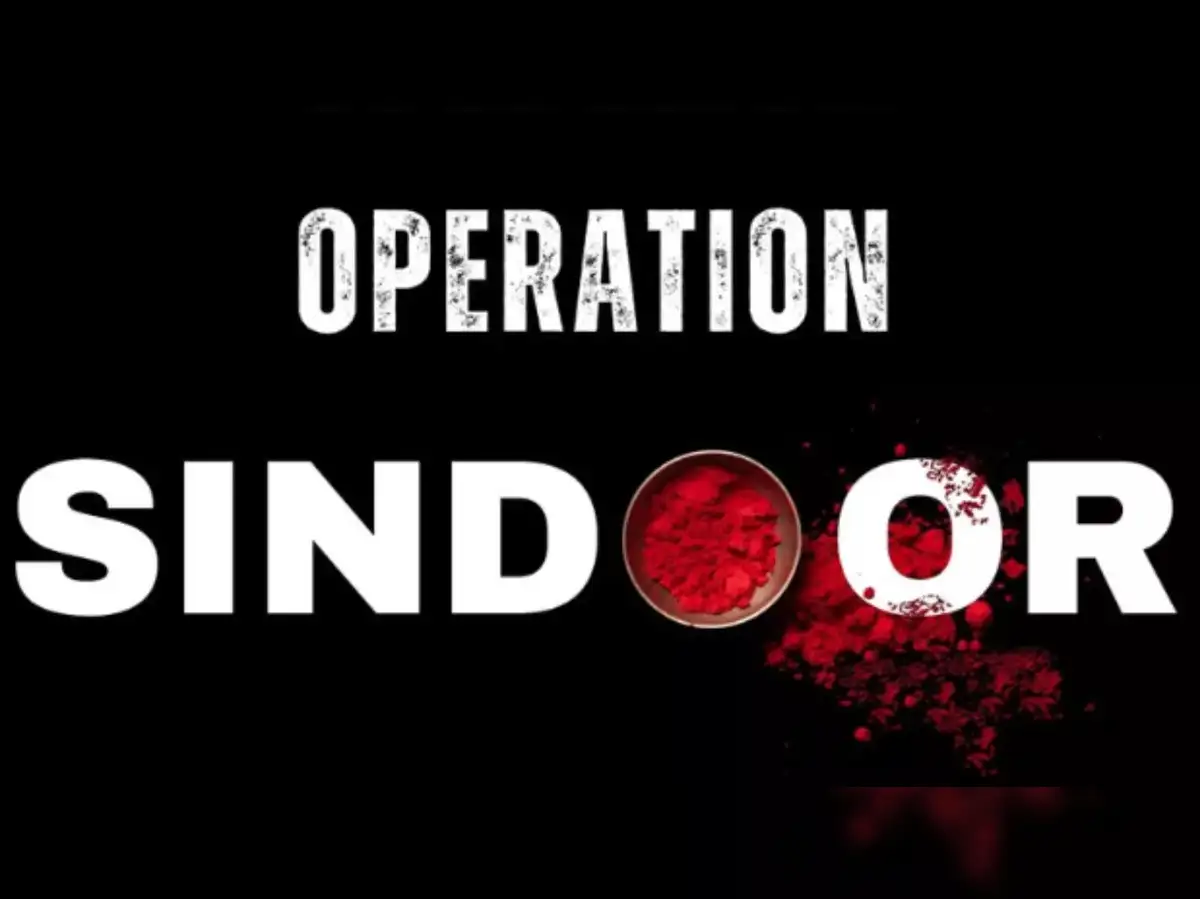Introduction: Understanding the India-Pakistan Conflict and Operation Sindoor
The India-Pakistan conflict has been a long-standing geopolitical issue rooted in history, politics, and territorial disputes—especially over Kashmir. Tensions escalated following a series of terror attacks, cross-border skirmishes, and military operations such as Operation Sindoor, which reportedly involved India attacking Pakistan in retaliation for acts of terrorism.
In this post, we'll break down the complexities of the India-Pakistan war narrative, delve into the details of Operation Sindoor, explore why these countries are often on the brink of war, and clarify how such events affect regional and global stability. Whether you're a student of geopolitics, a concerned citizen, or simply curious about the headlines, this guide offers a thorough, accessible overview.
The Historical Roots of the India-Pakistan Conflict
Partition and the Kashmir Dispute
The roots of hostility trace back to 1947, when British India was divided into India and Pakistan. The Kashmir region became a flashpoint, claimed by both nations and leading to multiple wars (1947, 1965, 1971, and the Kargil War in 1999).
Rise of Terrorism and Proxy Conflicts
In the 2000s, tensions deepened due to terror attacks, such as the 2001 Indian Parliament attack and the 2008 Mumbai attacks. The Kashmir terror attack in Pulwama (2019), which killed 40 Indian paramilitary personnel, significantly altered the strategic calculus.
Operation Sindoor: What Was It?
Background and Context
"Operation Sindoor" refers to a reported Indian military operation, carried out in response to Pakistan-based terror groups. Although not officially confirmed in detail by the Indian government, it is widely discussed in news sources like Times of India, The Hindu, and BBC News.
This operation is said to involve airstrikes on terror camps in Muzaffarabad, Bahawalpur, and other areas in Pakistan, believed to be harboring militants linked to Masood Azhar’s Jaish-e-Mohammed.
Objectives and Impact
- Destroy terrorist infrastructure
- Send a strong geopolitical message
- Avenge civilian and military casualties in Kashmir
According to Indian sources, the operation demonstrated a new strategic posture: India would not hesitate to strike preemptively in self-defense.
Key Incidents That Escalated Tensions
1. India Strikes Pakistan – Balakot Airstrike (2019)
India claimed it bombed terror camps in Balakot, marking the first aerial attack on Pakistani territory since the 1971 war.
2. Pakistan Retaliation and Air Combat
Pakistan responded by sending fighter jets across the Line of Control (LoC), resulting in an Indian pilot being captured after his jet was shot down.
3. Propaganda and Media Wars
Media houses like India Today, Dawn News, and BBC News covered the events extensively. Social media fueled nationalist sentiment in both countries, often blurring facts with hyperbole.
Why Are India and Pakistan Always at the Brink of War?
Political Factors
- Nationalist agendas, especially under leaders like Modi
- Domestic political gains from militaristic rhetoric
Strategic Calculations
- Mutual distrust
- Unresolved territorial disputes
- Presence of nuclear weapons that prevent full-scale war but allow for smaller military actions
International Mediation
Global powers like the U.S. (under leaders like Trump) and institutions such as the UN have occasionally intervened to de-escalate tensions, though often with limited success.
The Role of Media and Misinformation
Media outlets like Times of India, The Hindu, and BBC News strive to provide balanced coverage, but sensationalism and propaganda—particularly around events like India bombs Pakistan or Operation Sindhoor—can inflame public opinion.
Common Questions About the India-Pakistan Conflict
What is Operation Sindoor?
A reported military strike by India targeting terrorist infrastructure in Pakistan following major terror incidents.
Why did India attack Pakistan?
To retaliate against Pakistan-backed terror attacks, particularly in Kashmir.
Is India and Pakistan at war?
Not officially, but they remain in a state of armed hostility, often engaging in low-intensity conflicts.
What is the current situation in Kashmir?
Kashmir remains heavily militarized, with frequent reports of cross-border firing, civil unrest, and curfews.
Conclusion: Navigating a Fragile Peace
The India-Pakistan conflict remains one of the most complex and dangerous flashpoints in the world. From Operation Sindoor to ongoing Kashmir tensions, the specter of war continues to haunt South Asia. While governments may tout their military might, it's civilians who bear the real cost.
Let’s hope diplomacy, not bombs, shape the future.
If you found this article insightful, please share it, leave a comment, or read more on South Asian geopolitics through our India-Pakistan Relations Series.
Leave a comment
Your email address will not be published. Required fields are marked *



